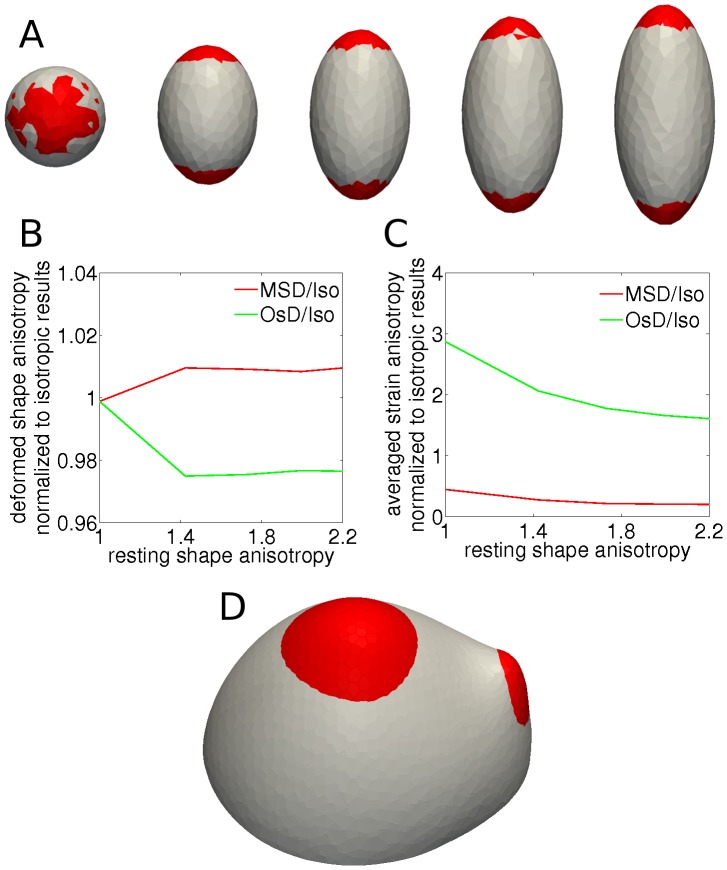Figure 5. Stress and orthogonal strain feedback models impact on geometry.
(A, B, C) Comparing stress and orthogonal strain feedback models for a set of templates with different geometric anisotropies which is considered here as the ratio between principal axes. This ratio is 1 for the sphere and increases for more elongated templates. (A) Higher anisotropic growth can be seen for the stress feedback model (red) compared to orthogonal strain feedback model (white). (B) The deformed shape anisotropy versus resting shape anisotropy for different feedback models. Values are normalized corresponding simulations with isotropic material of the same overall elasticity. The results show that even for a low deformation the stress feedback model increases shape anisotropy whereas orthogonal strain feedback model decreases this value, indicating that strain based feedback results in more symmetric geometry. (C) Strain anisotropy averaged over elements for simulations with the two feedback mechanisms are plotted versus resting shape anisotropy. The values are normalized to the corresponding simulations with an isotropic material of the same overal elasticity. In case of stress feedback the results are consistently lower than orthogonal strain feedback. (D) Comparing deformations resulting from different feedback models for the meristem-like pressurized template with the same parameters as Figure 4. More anisotropic growth in the stress feedback model (red) compared to the orthogonal strain feedback model (white) promotes the outgrowth of the primordium. The material parameters used in simulation were:  =
=  , thickness
, thickness  = 0.01
= 0.01  , pressure
, pressure  = 1.5
= 1.5  . The radius of the sphere is
. The radius of the sphere is  = 1
= 1  , isotropic
, isotropic  = 8
= 8  ,
,  = 12
= 12  ,
,  = 4
= 4  .
.

